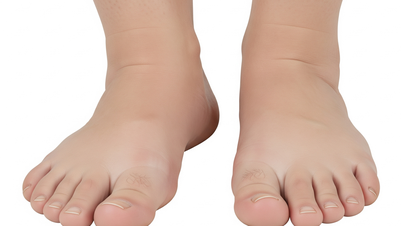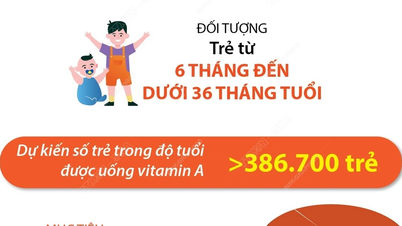Interventions that include changes in diet and physical activity have the potential to prevent and reduce the risk of stroke. One nutrient in particular has recently been found to be associated with a significantly lower risk of stroke.
Research recently published in the scientific journal Scientific Reports has discovered that a mineral with many health benefits also has the ability to fight strokes, especially in the elderly.

People who consumed 6.09 - 8.83 mg of zinc per day had a 36% lower stroke rate than those who consumed too little.
Photo: AI
Zinc - a mineral found in particularly high concentrations in oysters, has antioxidant and anti-inflammatory properties and is involved in many bodily functions. Zinc deficiency has been linked to chronic diseases, such as diabetes, high blood pressure, heart disease, Alzheimer's disease and depression.
In particular, previous research has also shown that stroke patients often have very low levels of zinc in their blood and that zinc supplementation can aid their neurological recovery, according to News Medical.
In the new study, scientists from the First Hospital of Jilin University and Zhengzhou University Hospital (China) used data from the US National Health and Nutrition Examination Survey (NHANES) to conduct an analysis to examine the potential relationship between dietary zinc intake and stroke incidence. The authors hypothesized that people with a history of stroke have lower dietary zinc intake than the general population.
The study included 2,642 participants with an average age of 62.8 years, who were followed for eight years. They answered a medical questionnaire to detect stroke as well as answered questions about their diet, which the team used to accurately estimate each person's nutritional intake.
Zinc intake of 6.09 - 8.83 mg/day has a 36% lower stroke rate
The results found that people who consumed between 6.09 and 8.83 mg of zinc per day had a 36% lower stroke rate than those who consumed too little - under 6.08 mg per day. Notably, the greatest effect was achieved at levels below 8.82 mg of zinc per day. Above this threshold, increasing zinc did not increase the effect, according to News Medical.
The current recommended daily allowance of zinc is 11 mg for men and 8 mg for women.
However, research shows that many people, especially women, do not meet their daily zinc needs.
It is also important to note that too much zinc can lead to side effects, including headaches, loss of appetite, nausea, vomiting, and diarrhea. Long-term high zinc intake can interfere with the absorption and metabolism of essential trace elements, such as iron, copper, and calcium, which can lead to iron deficiency anemia, impaired immune function, reduced levels of good cholesterol, and neurological complications.
According to the health news site Healthline , food sources of zinc include meat (beef, pork), shellfish (oysters contain particularly high levels), nuts (cashews, almonds, peanuts, pumpkin seeds, sesame), beans and milk, eggs, whole grains, potatoes, sweet potatoes, lettuce...
Source: https://thanhnien.vn/phat-hien-vu-khi-chong-dot-quy-tu-chat-bo-co-nhieu-trong-hau-185250530223818096.htm





























































































Comment (0)